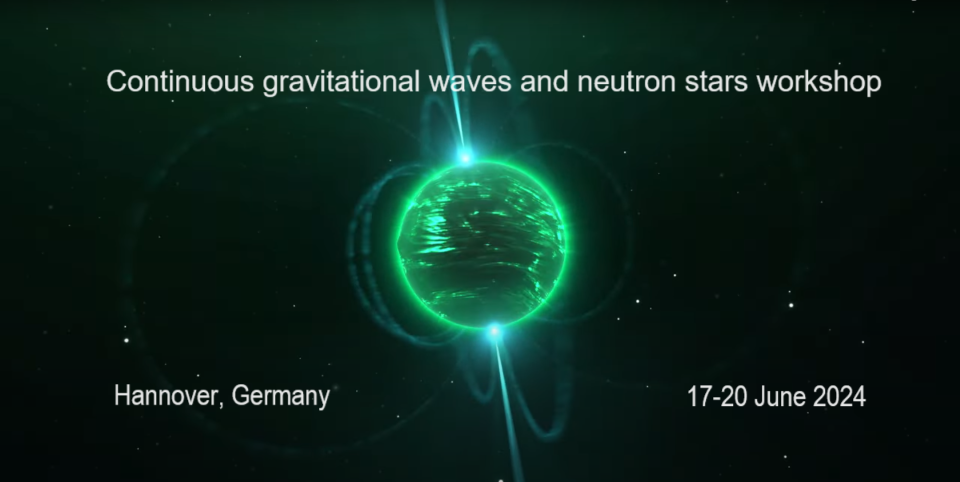Speaker
Description
The maximum-likelihood F-statistic, a classical tool in continuous-gravitational-wave (CW) analysis, can be represented as a Bayes-factor analytically marginalized over unphysical priors on the four signal amplitude parameters (h0, cosi, psi, phi0).
This makes the F-statistic Neyman-Pearson sub-optimal but computationally attractive, because four search parameters have been eliminated analytically. Despite various attempts to find a more physical Bayes factor with similar computational efficiency, this still remains an open problem.
Here I report on some progress on this topic: by using a better prior on the amplitude h0, one can identify distinctive 'weak-signal' and 'strong-signal' regimes. Remarkably, in the weak-signal regime one can achieve fully analytical marginalization over the four amplitude parameters. I will discuss some of the properties of this 'weak-signal B-statistic', including its relation to the well-known '5-vector' method.

